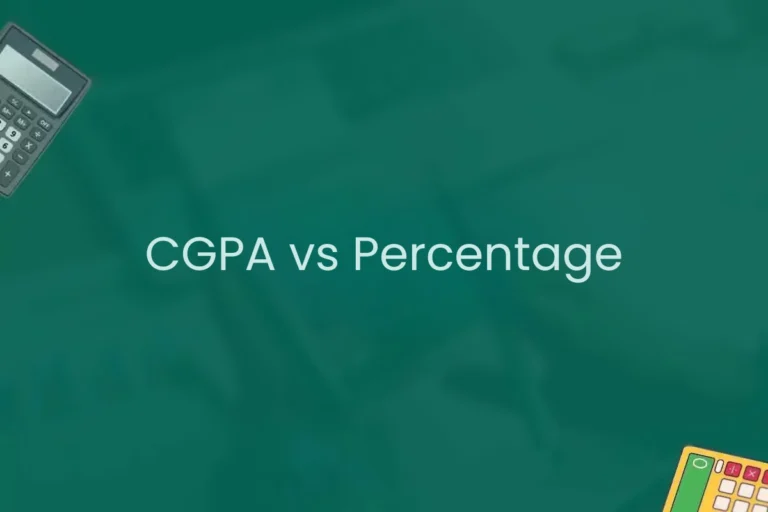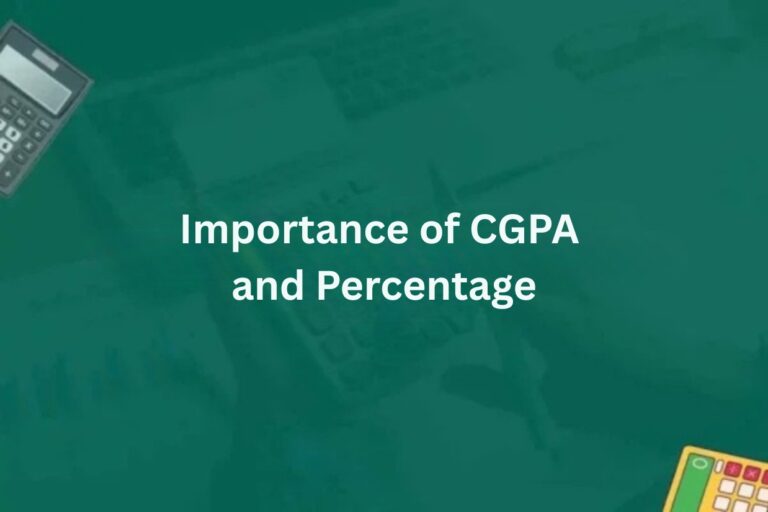How Percentage is Different from Percentile

Understanding the difference between percentage and percentile is crucial in fields such as academics, data analysis, and statistics. Many people confuse the two terms, assuming they are interchangeable. However, they serve distinct purposes and have unique applications.
In this article, we will break down the definitions, formulas, and key differences between percentage and percentile. By the end, you’ll have a clear understanding of when and how to use each term effectively.
Most Use Calculator
What is a Percentage?
Definition
A percentage is a mathematical concept used to express a number as a fraction of 100. It represents a part of a whole and is denoted by the symbol %.
Formula
Example
If a student scores 80 marks out of 100, the percentage is:
Real-World Applications
- Academics: Used to calculate exam scores and convert CGPA to Percentage.
- Finance: Interest rates, discounts, and profit margins.
- Demographics: Population growth rates.
Learn more about percentages and their applications.
What is a Percentile?
Definition
A percentile is a measure used in statistics that indicates the relative standing of a value within a dataset. It shows the percentage of values below a given data point.
Formula
Example
If a student’s test score is in the 90th percentile, it means their score is higher than 90% of all test takers.
Real-World Applications
- Standardized Testing: SAT, GRE, and other competitive exams.
- Health & Fitness: BMI percentiles.
- Business Analytics: Customer spending behavior.
For a detailed guide on percentiles, explore this resource.
Key Differences Between Percentage and Percentile
| Feature | Percentage | Percentile |
|---|---|---|
| Definition | Represents a portion of a whole in terms of 100 | Represents the position of a value in relation to others in a dataset |
| Formula | (Part / Total) × 100 | (Values below target / Total values) × 100 |
| Range | 0% to 100% | 1st to 99th percentile |
| Interpretation | Expresses how much of something exists | Indicates how a value compares to others |
| Example | 85% means 85 out of 100 | 85th percentile means the score is higher than 85% of values |
Why the Confusion?
Many people mistakenly use percentile when they mean percentage, particularly in academic and test score contexts. Remember:
- Percentage shows the exact portion obtained.
- Percentile ranks a score among peers.
Conclusion
Understanding the distinction between percentage and percentile is essential for clear communication in education, finance, health, and analytics. While percentage measures a part of a whole, percentile ranks a value among others in a dataset.
When interpreting results:
- Use percentage to describe proportions.
- Use percentile to compare positions within a group.
By mastering these concepts, you can avoid confusion and use the correct statistical tool in different scenarios.





